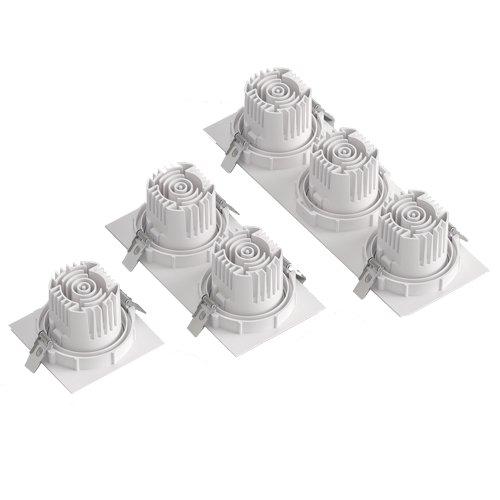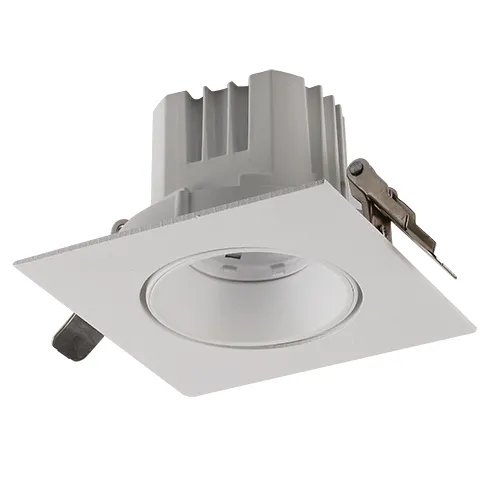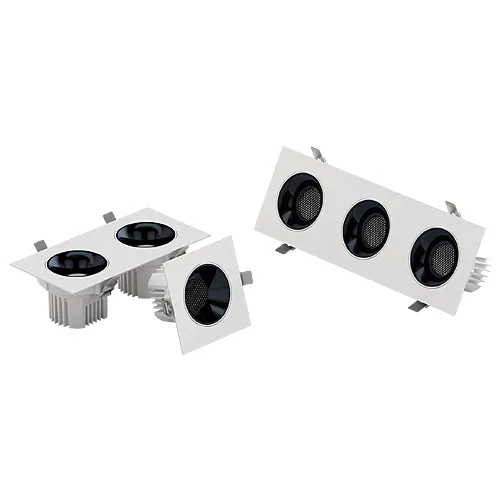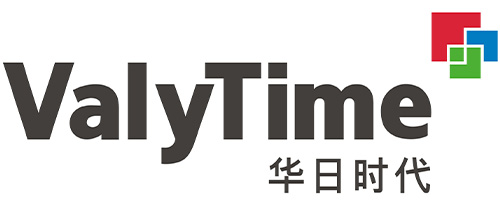How are LED lighting bulbs made?
Compared with traditional incandescent and fluorescent lamps, LED lighting bulbs have higher energy efficiency, longer service life and lower energy consumption, which has led to the rapid popularization of LED bulbs and replaced a large number of traditional light sources, and are widely used in many fields such as homes, businesses, and industries. However, many consumers still do not know much about the manufacturing process of LED bulbs and their light-emitting principles.
This article will conduct an in-depth discussion from two aspects: the manufacturing process and light-emitting principle of LED lighting bulbs to help readers fully understand the internal working mechanism of LED bulbs.

How are LED lighting bulbs made?
The manufacturing process of LED lighting bulbs is a highly precise and multi-step process involving multiple complex technical links. The core component of LED bulbs is the LED chip, which emits light through the excitation of current, and other accessories such as heat sinks, drive circuits, and housings work together to ensure the normal operation and long-term stability of LED bulbs. The following are the main steps in the manufacture of LED lighting bulbs:
1. Manufacturing of LED chips
The light-emitting principle of LED bulbs mainly depends on the work of LED chips. LED chips are usually made of semiconductor materials (such as gallium nitride, aluminum gallium nitride, etc.), and the chip manufacturing process involves the following steps:
● Selection of semiconductor materials: At present, most high-efficiency LED chips use gallium nitride (GaN) as the base material. Gallium nitride has excellent conductivity and high temperature resistance, making it the most commonly used material in LED chips. Choosing the right semiconductor material is a key factor in ensuring the luminous efficiency and long life of LED chips.
● Preparation of substrate materials: When making LED chips, you first need to prepare a substrate material. The substrate material is generally sapphire, silicon carbide (SiC) or silicon (Si). The role of these materials is to provide a stable foundation for semiconductor materials so that the semiconductor structure of the LED can be grown on it.
● Epitaxial growth (MOCVD): Epitaxial growth is a key step in LED chip manufacturing. Metal organic chemical vapor deposition (MOCVD) technology is used to grow gallium nitride materials layer by layer onto the substrate. Through this process, multiple thin layers of semiconductor materials are precisely deposited on the substrate to form a light-emitting structure.
● Chip cutting and packaging: After the epitaxial growth is completed, the LED chip needs to be separated from the substrate by laser cutting, grinding and other methods, and finely processed. The processed LED chip is packaged into a small metal frame, usually made of aluminum or copper and other materials to ensure the stability and heat dissipation of the chip.
2. Design and manufacture of LED drive circuit
LED bulbs require a drive circuit to regulate the current and convert the high voltage from the power supply into a low voltage suitable for the LED chip to work. The LED chip itself usually works with a DC power supply, so the design of the drive circuit is crucial. The main functions of the drive circuit are:
● Voltage regulation: The drive circuit of the LED bulb can convert high voltage (such as 220V AC) into low voltage DC suitable for LED chips. This process requires the use of power converters such as transformers, rectifier circuits and voltage stabilization circuits.
● Current control: The drive circuit also needs to provide appropriate current stably, because the brightness of the LED chip is closely related to the current flowing through it. Excessive current will cause the LED to overheat and prematurely damage, while too little current will cause insufficient brightness. The driving circuit ensures the stable light emission of the LED chip by precisely controlling the current.
3. Design and manufacture of the heat dissipation system
The design of the heat dissipation system of LED bulbs is crucial, because the LED chip will generate a certain amount of heat when working. If the heat dissipation cannot be effectively dissipated, it may cause the LED chip to overheat, performance degradation, or even burn out. Therefore, LED bulbs need to be equipped with an efficient heat dissipation system to keep the operating temperature of the chip within a safe range.
The heat dissipation of LED bulbs is usually achieved through metal heat sinks, and common materials include aluminum and copper. Aluminum is widely used in the heat sink design of LED bulbs due to its good thermal conductivity and low cost. The design of the heat sink usually adopts a fin-type structure to enhance the heat dissipation by increasing the surface area.
4. The shell and package of LED bulbs
The shell and package of LED bulbs need to provide not only appearance protection, but also physical protection and isolation of electrical components. The shell material is usually plastic or aluminum alloy, which can not only effectively prevent external physical damage, but also provide a certain heat dissipation effect. The package involves the connection between the LED chip and the heat sink and circuit, and it is also necessary to ensure the electrical safety of the LED bulb to prevent short circuit or overheating.
5. Quality inspection and assembly
During the manufacturing process, LED bulbs undergo rigorous quality inspection to ensure that the function and performance of each component meet the standards. Inspection items include brightness test, current and voltage test, temperature test, life test, etc. After passing the test, all components will be assembled to form a complete LED lighting bulb.

What is the light-emitting principle of LED lighting bulbs?
The light-emitting principle of LED bulbs is different from that of traditional light sources (such as incandescent lamps and fluorescent lamps). The working principle of LED bulbs is based on the principle of semiconductor physics. The light-emitting principle of LED will be introduced in detail below.
1. Basic concept of semiconductor
The core component of LED bulbs is LED chips, which are made of semiconductor materials. Semiconductors are materials with special electrical properties, and their conductivity is between conductors and insulators. When semiconductor materials are excited by external energy (such as current), they undergo electron transitions and release energy. This released energy appears in the form of light, which is the basic principle of LED bulb light emission.
2. PN junction and electron transition
The light-emitting principle of LED depends on the electron transition of PN junction. PN junction refers to the interface formed by the connection of P-type semiconductor and N-type semiconductor materials. In P-type semiconductors, the carriers are mainly "holes" (missing electrons), while in N-type semiconductors, the carriers are electrons. When voltage is applied to the LED chip, electrons flow from the N-type region to the P-type region, while holes flow from the P-type region to the N-type region, forming electron-hole pairs.
When electrons meet holes, they recombine and release energy, a process called recombination luminescence. The energy released during recombination luminescence is released in the form of light to form visible light.
3. Color of light and energy band structure
The light color of LEDs (such as red, green, blue, white, etc.) is related to the energy band structure of semiconductor materials. Each semiconductor material has a specific energy band width, which determines the amount of energy released during electron transitions, thereby affecting the wavelength and color of the emitted light. For example, materials such as gallium nitride (GaN) and aluminum nitride (AlN) can emit blue and purple light, while aluminum gallium alloy (AlGaAs) can emit red light. By adjusting the combination and doping ratio of different semiconductor materials, LED manufacturers can achieve light output of different colors.
4. Working Principle of White Light LED
White light LED is not a single color LED light source, but a combination of different color LEDs to produce white light. The most common white light LED is realized by combining blue LED chips and yellow phosphors. Blue LEDs emit yellow light by stimulating phosphors, and the mixture of blue light and yellow light produces white light. Another method is to use a combination of RGB three-color LEDs of red, green and blue to achieve white light of different color temperatures by adjusting the color ratio.

Compared with traditional light sources: What are the advantages of LED lighting bulbs?
1. High efficiency and energy saving: The light efficiency of LED bulbs is much higher than that of incandescent and fluorescent lamps, and can produce more light output at lower power, saving a lot of energy.
2. Long life: The service life of LED bulbs can reach more than 25,000 hours, which is much longer than the life of traditional light sources, thereby reducing the frequency and cost of replacing bulbs.
3. Low heat: Unlike traditional light sources such as incandescent and halogen lamps, LED bulbs generate very low heat, so they not only save energy, but also reduce air conditioning load, further improving energy efficiency.
4. Environmental protection: LED bulbs do not contain harmful substances such as mercury, etc., so they are environmentally friendly and will not cause pollution.
5. Stable light output: LED bulbs have good light stability and will not flicker, which protects the eyes while improving the comfort of use.

Are you searching for a reliable supplier of LED lighting products? Look no further than Huari Lighting Co., Ltd., a leading manufacturer in China since 1996. Our factory spans 92,000 square meters and produces over 1 million LED fixtures and bulbs monthly, including downlights, ceiling lights, cabinet lights, and energy-efficient LED bulbs. Certified by ISO 9001 and ISO 14001, we emphasize quality from raw material selection to final product testing. We offer competitive prices, wholesale opportunities, and customized solutions to meet the needs of businesses of all sizes. With CE, RoHS, and ERP certifications, our products are built to last and comply with international standards. Get in touch today for quotes, promotions, and unbeatable deals!
